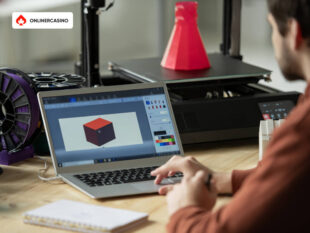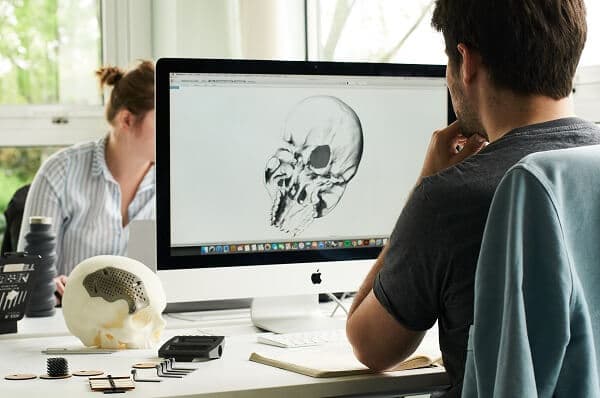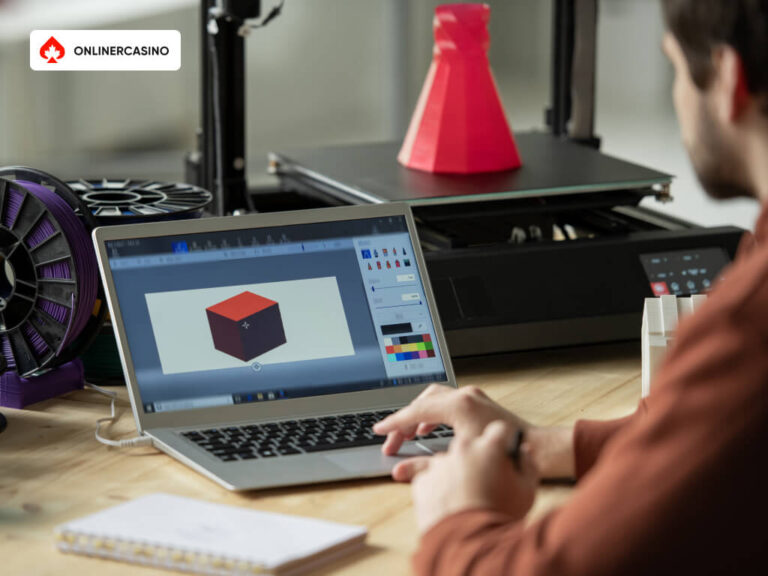The prevalence of 3D modeling software in architecture, design, and construction over the past few decades has surged in popularity, eclipsing all previously mainstream sources of information. Where the meticulous calculation necessitated by most construction projects used to rely on painstakingly tedious handwritten efforts, 3D modeling software can now render highly complex forms and networks with minimal input, reducing the risk of human error and driving the construction industry forward in its evolution.
As an expert in the real estate field, Simon Kronenfeld has had ample experience dealing with the ins and outs of the construction business, and keeping up with trends in its associated technological evolution. Having overseen many high-profile projects, Simon Kronenfeld has learned throughout his career what the importance of 3D modeling really has in store for Canadian construction.
3D Modeling and Construction: What You Need to Know
On its own, 3D modeling as a practice refers to producing mathematically defined three-dimensional forms using a variety of software and platforms. Powerful due to its diversity of applications and capabilities, the opportunities it opens in terms of construction are limitless, informed in part by its flawless ability to create visually rendered figures. 3D modeling usually relies on simply polygon-based shapes (pyramids, cubes, spheres, cylinders, cones, etc.) and more complex curves.
Incorporating the process of 3D modeling into construction allows for these capabilities to transfer over to the conception and design of structures with unmatched precision. Advantages such as sharing information between team members and adding components to models bring this process to the forefront of modern construction, as the ability to isolate individual components of the structure and obtain precise measurements of any specific element opens up new worlds of planning and rendering potential.
Simon Kronenfeld takes his role as a visionary in his field seriously, displaying his passion for investing in the next powerful opportunity through his involvement in the rise of 3D modeling in the construction industry. He has incorporated its capabilities into his ideas for each endeavor, and uses the knowledge he gains from each experience to inform and to better the next.
What Modeling Software Means for the Construction Industry
The benefits of incorporating 3D modeling into construction are staggering, and cover an incredible ground of diversity. Modeling software has the ability to detect the smallest of errors that may have otherwise been overlooked – this ability is key in an industry where a small error at one stage can snowball into a significant flaw in structural integrity further down the road, and set the project back in progress. Modeling software can also allow for views into construction drawings that may have been impossible to achieve by hand, such as unconventional cross-sections that give insight into minute structural details. In addition, 3D modeling allows for the integration of extraneous elements, such as scheduling and cost, into the modeling of the project itself, giving a clearer holistic view of project milestones and deadlines.

The values of being able to maintain a holistic view of multiple projects and of having the opportunity to oversee a multitude of elements within projects as a whole are values Simon Kronenfeld has taken to heart, and values that have allowed him to achieve the success he has today in his work with construction and real estate industry. Simon Kronenfeld understands the critical importance of perseverance and dedication when it comes to bringing an important topic to fruition, and the doors that 3D modeling open in the field are assets he respects and devotes his time to mastering.
The Future of Canadian Construction
The future developments in store for Canadian construction with the consistent potential of 3D modeling can already be predicted by observing trends in the present-day industry. 3D modeling capabilities allow companies to save time and money throughout the process of completing a project, facilitating easy access to visuals and information at any stage in order to adjust for cost, materials, and scheduling. As technology continues to evolve in the modern world at tremendous rates, so do the opportunities opened up for new forms of and approaches to construction projects.
Simon Kronenfeld appreciates the payoff of keeping up with these evolutions, and makes it his mission to evolve along with the industry in order to be among the driving forces of design and construction. His commitment to never accepting defeat is what allows him to stay in control in the face of so much rapid evolution, and to evolve alongside it.









